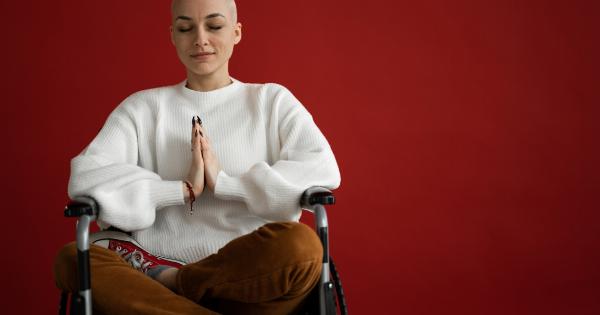Childhood leukemia is a type of cancer that affects the blood and bone marrow. It is the most common cancer in children and requires a comprehensive approach to treatment.
In recent years, there have been significant advancements in fighting childhood leukemia, with one promising initiative being the use of EPEO (Etoposide, Prednisone, Oncovin) chemotherapy. In this article, we will discuss how EPEO is helping in the fight against childhood leukemia and provide insights into its effectiveness and potential side effects.
Understanding Childhood Leukemia
Childhood leukemia is a cancer of the blood-forming tissues, mainly affecting the white blood cells. It is characterized by the rapid production of abnormal white blood cells, which hinder the production of healthy cells.
Leukemia can be broadly categorized into two types: Acute Lymphoblastic Leukemia (ALL) and Acute Myeloid Leukemia (AML). Both types require immediate medical attention and a tailored treatment plan.
The Role of EPEO
EPEO is a chemotherapy regimen that combines three different drugs: Etoposide, Prednisone, and Oncovin. Each of these drugs plays a specific role in combating childhood leukemia.
Etoposide
Etoposide is a medication that works by inhibiting the DNA replication process in cancer cells. By doing so, it helps to prevent the rapid growth and multiplication of leukemia cells.
Etoposide is usually administered intravenously or in pill form, and its dosage is carefully determined based on the individual patient’s needs.
Prednisone
Prednisone is a corticosteroid that helps reduce inflammation and suppress the immune system. In the case of childhood leukemia, Prednisone is used primarily to destroy leukemia cells and prevent them from spreading further.
It is often administered orally and gradually tapered off to avoid any adverse effects on long-term use.
Oncovin
Oncovin, also known as Vincristine, is a vinca alkaloid chemotherapy drug that functions by disrupting the cell division process in leukemia cells.
By interrupting this process, Oncovin inhibits the growth of cancer cells and reduces their ability to spread throughout the body. Oncovin is typically administered intravenously, and its dosage is determined by the child’s weight and overall health condition.
Effectiveness of EPEO
EPEO has shown promising results in the treatment of childhood leukemia. Numerous studies have demonstrated its efficacy in inducing remission and improving long-term survival rates.
The combination of Etoposide, Prednisone, and Oncovin specifically targets leukemia cells while minimizing damage to healthy cells. This targeted approach offers a significant advantage in the fight against childhood leukemia.
Potential Side Effects
Despite its effectiveness, EPEO may also have some side effects. Common side effects include nausea, vomiting, hair loss, and temporary suppression of the immune system.
However, these side effects are usually temporary and subside once the treatment is completed. It is important for healthcare providers to closely monitor patients undergoing EPEO chemotherapy and manage any potential side effects to ensure the best possible outcome.
The Importance of Supportive Care
Fighting childhood leukemia requires more than just chemotherapy. Supportive care plays a crucial role in managing the overall well-being of pediatric leukemia patients.
This includes pain management, nutritional support, psychological support, and regular monitoring of treatment progress. It is essential to provide a holistic approach to care to address the physical, emotional, and social needs of these young patients.
Research and Innovations
Ongoing research and clinical trials are focused on further improving the effectiveness of EPEO and reducing the potential side effects.
Scientists and healthcare professionals are exploring new treatment modalities, such as immunotherapy and targeted therapies, to provide better outcomes for children with leukemia. These advancements give hope for even more effective and less toxic treatment options in the future.
Conclusion
The fight against childhood leukemia continues to progress, with EPEO chemotherapy serving as a valuable tool in achieving remission and improving survival rates.
The combination of Etoposide, Prednisone, and Oncovin has demonstrated its efficacy in specifically targeting leukemia cells, offering a glimmer of hope for young patients and their families. However, it is crucial to remember that fighting childhood leukemia requires a comprehensive approach to care, including supportive interventions and continuous research to ensure better treatment outcomes.




























